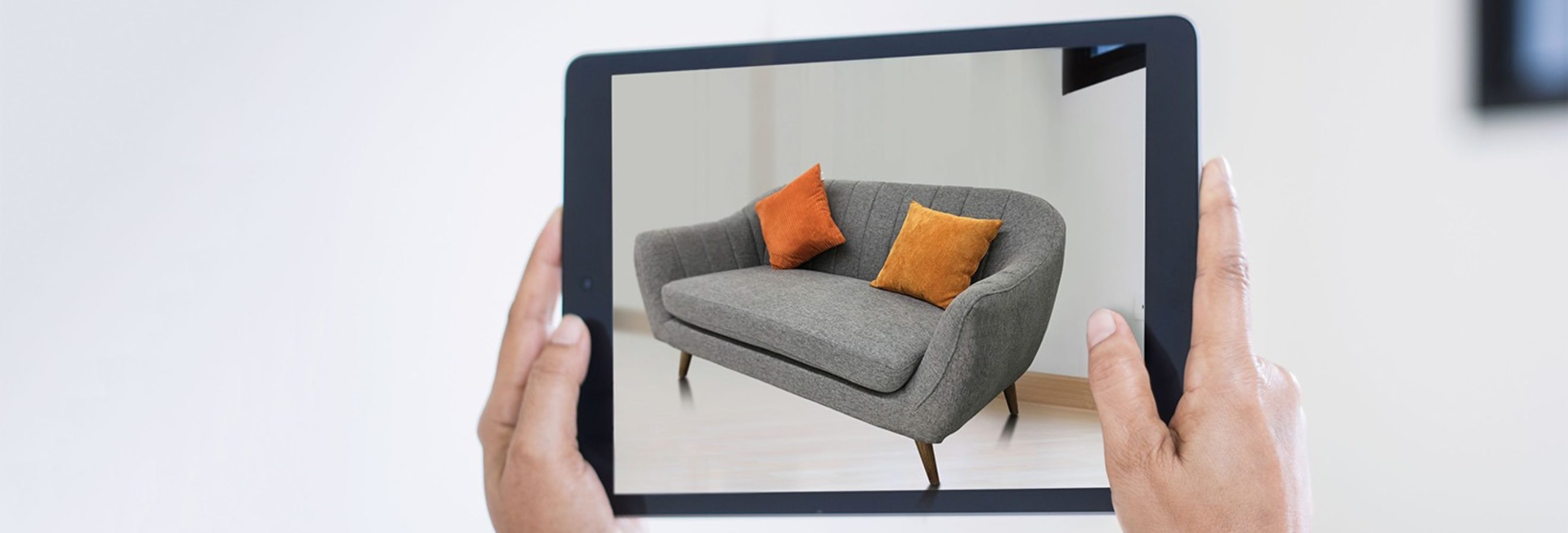The line between the physical and digital space in retail is getting increasingly blurry. Augmented reality and virtual reality are transforming our world. Modern retailers are embracing the idea that digital experiences will enhance the traditional in-store experience, and overall, drive customer engagement and sales.
According to a Nielsen global survey from 2019, consumers mentioned Augmented and Virtual Reality as the top technologies they’re seeking to assist them in their daily lives. In fact, just over half (51%) said they were willing to use this technology to assess products. That interest has since soared as we’ve seen AR shift from being sometimes gimmicky to now solving real pain points for customers, especially amid the pandemic.
Here are 7 examples of how digital technology is changing retail:
- IKEA has created the Place App, which lets shoppers use augmented reality with their smartphone camera to place furniture items into their homes so they can visualize exactly how the item will look in their setting.
- L’Oréal now offers augmented reality-powered makeup try-on experiences in partnership with Facebook. Customers can experiment with the world’s leading beauty brands
- BMW lets customers go into showrooms and customize cars with different colors or styles using their tablets or phones. They can even use virtual reality goggles to experience what it’s like to drive the car.
- Warby Parker’s app lets shoppers use AR to try on glasses from the comfort of their homes so they can pick out the perfect frames.
- Fashion retailer Asos lets you see how garments look on different body types through the use of AR to dress up simulated models. We’ll probably scan our own bodies in the future so we can have our own avatars to try on clothes.
- Luxury watch retailer WatchBox uses AR to let customers try on different sizes of watches to choose the perfect one and make sure it looks great on their wrist.
- Buyers of Nike apparel can scan items like shoes or clothing to view information, or they can enter a VR world to experience the different steps in Nike’s supply chain so they can understand how and where items are being made.
Bringing digital technology into the brick-and-mortar world isn’t a gimmick, especially for an increasingly tech-savvy audience. It enriches the experience with thoughtful, convenient services and helps retailers connect with younger shoppers. Technology can help get more shoppers into stores, drive impulse buys, and most importantly, improve engagement and loyalty—all core goals of any retail brand.
Other articles related to digital technology in retail:
V-Commerce and the Future of Retail
What Will the Store of the Future Look Like?
How AI will Change the Retail Industry

